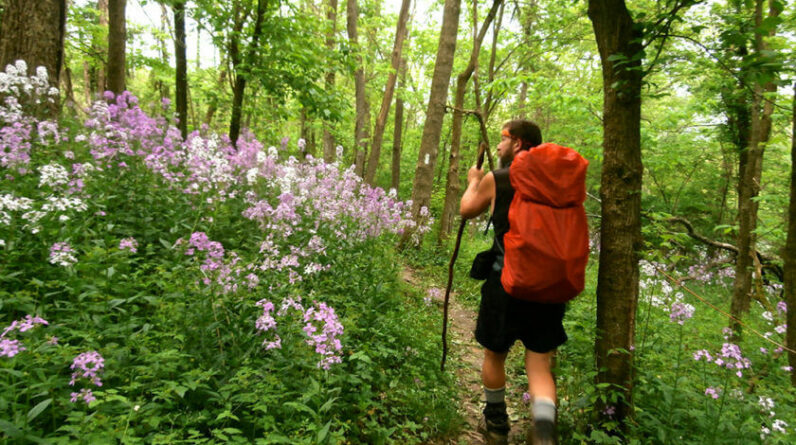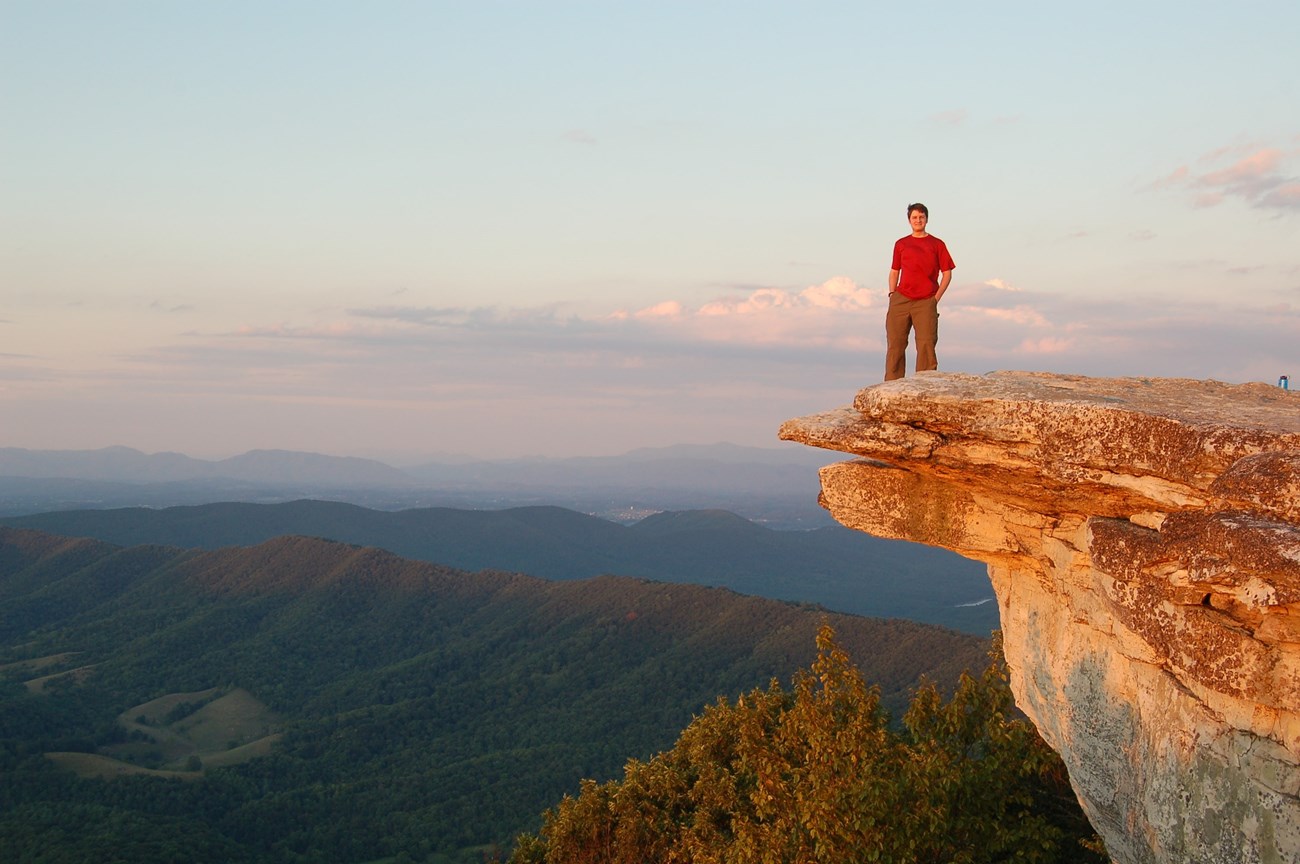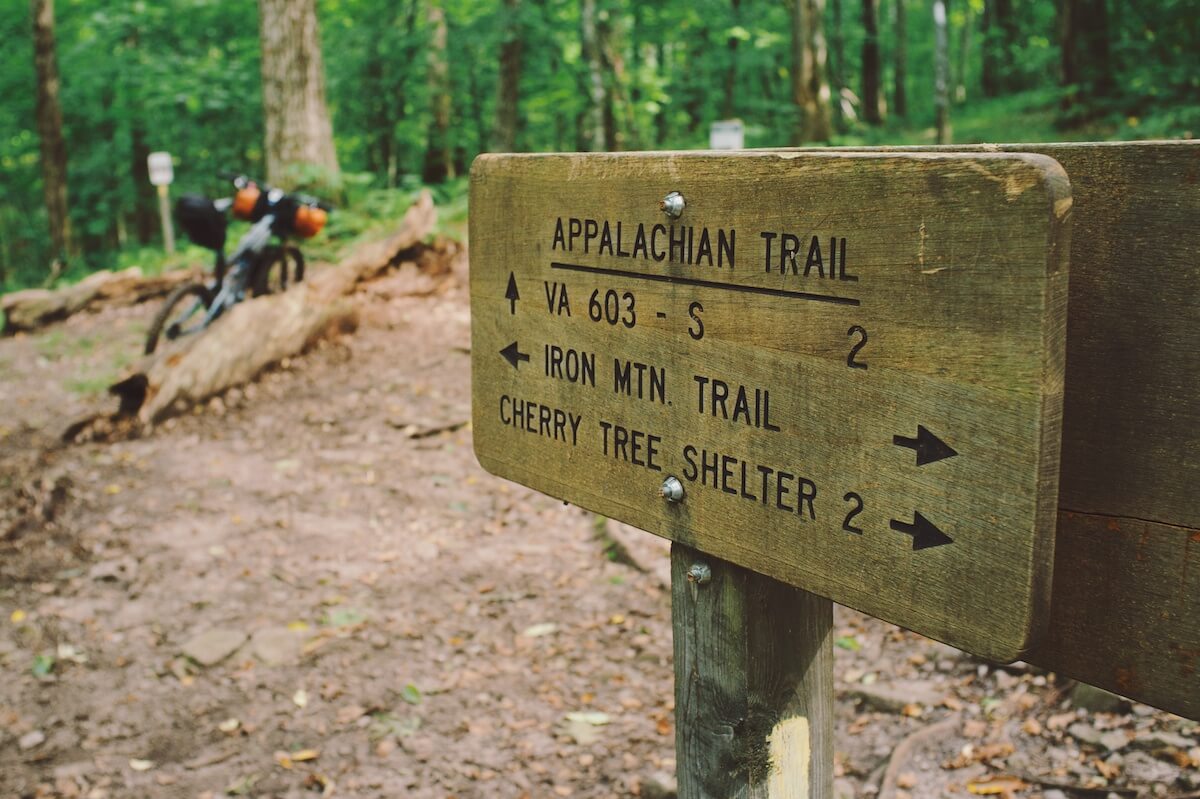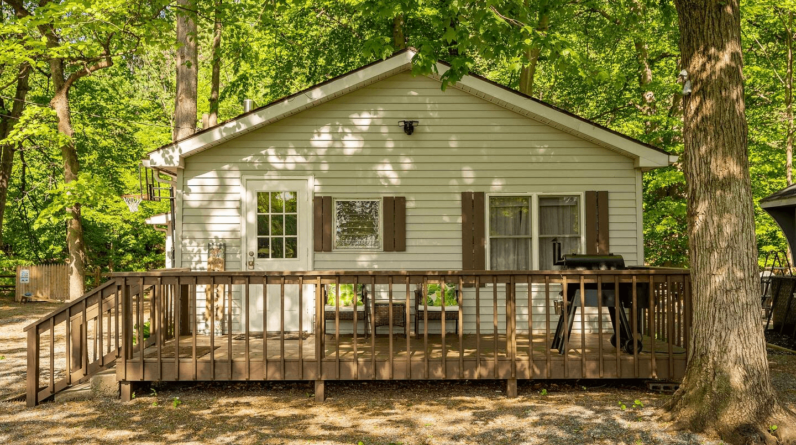
Stretching over 2,190 miles from Springer Mountain in Georgia to Mount Katahdin in Maine, the Appalachian Trail (AT) is one of the most iconic long-distance hiking trails in the world. This rugged, scenic footpath offers hikers an opportunity to immerse themselves in the natural beauty of the eastern United States, passing through 14 states, traversing diverse landscapes, and providing an escape from the hustle and bustle of everyday life.
A Historical Perspective
The Appalachian Trail’s origins can be traced back to the early 20th century when Benton MacKaye, a forester and regional planner, proposed the idea of a continuous wilderness trail along the Appalachian Mountains. His vision was not merely a recreational route but a means of connecting people with the land while providing an escape from the urbanization and industrialization of the time. In 1921, MacKaye’s vision began to take shape when the Appalachian Trail Conference (now the Appalachian Trail Conservancy) was formed to plan and oversee the trail’s development.
Construction of the trail began in earnest in the 1920s and 1930s, with thousands of volunteers and the Civilian Conservation Corps (CCC) working diligently to build the path. Over the years, the AT underwent various route changes and improvements, culminating in its official completion in 1937.
Today, the Appalachian Trail stands as a testament to the dedication and passion of those early visionaries and the countless volunteers who have maintained it over the years. It has become a symbol of conservation, recreation, and adventure.

The Appalachian Trail Experience
Hiking the Appalachian Trail is a life-changing experience that attracts thousands of adventurers from around the world each year. Whether you’re a seasoned backpacker or a novice hiker, the AT offers something for everyone. Here are some key aspects of the Appalachian Trail experience:
1. Scenic Beauty
The trail traverses a diverse range of ecosystems, from the rolling hills of the South to the rugged mountains of the North. Hikers can expect breathtaking vistas, lush forests, pristine lakes, and serene meadows along the way. Each section of the trail has its own unique charm.
2. Wildlife Encounters
The AT is home to a variety of wildlife, including deer, black bears, rattlesnakes, and numerous bird species. Observing these creatures in their natural habitat is a highlight for many hikers.
3. Trail Community
The AT has a unique hiking culture and a close-knit community of thru-hikers, section hikers, and trail angels. Trail towns along the route offer resupply points, hostels, and the opportunity to connect with fellow hikers.
4. Physical and Mental Challenges
Hiking the entire AT, commonly referred to as a “thru-hike,” is a physically demanding endeavor. It challenges hikers to push their limits, both physically and mentally, as they navigate steep ascents and descents, inclement weather, and long stretches of solitude.
5. Self-Discovery
The solitude and simplicity of life on the trail provide ample time for introspection. Many hikers report that the AT is not just a physical journey but a profound opportunity for personal growth and self-discovery.

Training for the Appalachian Trail
Embarking on a thru-hike of the Appalachian Trail (AT) is the adventure of a lifetime, but it requires proper physical and mental preparation. Here’s a concise guide to training for the AT:
- Cardiovascular Fitness: Engage in regular cardio exercises like hiking, running, or cycling to boost endurance. Aim for at least 30 minutes of aerobic activity most days.
- Strength Training: Strengthen your legs, core, and upper body with exercises like squats, lunges, planks, and push-ups.
- Hiking Practice: Simulate trail conditions by going on day hikes, gradually increasing distance and elevation gain.
- Pack Weight Testing: Experiment with pack weights and gear during training hikes to find your comfort zone.
- Mental Resilience: Prepare for mental challenges through mindfulness or meditation practices.
- Nutrition and Hydration: Learn about trail nutrition and hydration strategies, and practice them during training.
- Foot Care: Invest in quality footwear, break them in, and learn foot care techniques.
- Rest and Recovery: Allow time for rest and recovery to prevent overuse injuries.
Remember, your training plan should align with your fitness level and goals. A well-rounded training regimen will prepare you for the AT’s physical and mental demands, making your thru-hike a memorable experience.
Biking the Appalachian Trail
Biking the Appalachian Trail offers an exhilarating twist on the traditional thru-hike experience. While the AT is famous for its challenging terrain and scenic beauty for hikers, adventurous cyclists can also explore the Appalachian region’s diverse landscapes on two wheels. With varying terrains that include gravel paths, backcountry trails, and scenic roads, biking the Appalachian Trail provides a unique opportunity to immerse oneself in the beauty of the Appalachian Mountains while enjoying the freedom and speed of cycling. From pristine lakes and lush forests to charming trail towns with their own unique culture and cuisine, this adventure offers a fresh perspective on this iconic American wilderness, promising unforgettable moments for outdoor enthusiasts and cyclists alike.

Conservation and Stewardship
Preserving the natural beauty and ecological integrity of the Appalachian Trail is of paramount importance. The Appalachian Trail Conservancy, along with numerous partner organizations and volunteers, works tirelessly to maintain the trail, manage its resources, and protect the surrounding wilderness.
Leave No Trace principles are emphasized to minimize the impact of hikers on the environment. Thru-hikers and other trail users are encouraged to practice responsible hiking and camping to ensure that future generations can enjoy the AT in all its splendor.
The Appalachian Trail, a true American treasure, offers an unparalleled opportunity to connect with nature, challenge oneself, and embark on an unforgettable journey. Whether you’re seeking adventure, solitude, or personal growth, the AT has something to offer every hiker. As we reflect on its rich history, embrace its natural beauty, and continue to support its preservation, the Appalachian Trail will remain a cherished symbol of America’s wilderness for generations to come.
Where is the Appalachian Trail?
Places to Stay Near Appalachian Trail

Escape to Serenity – Your Perfect Farmhouse Retreat in Jonestown
Introducing our Farm View Airbnb, a charming retreat that offers a picturesque vista of our family’s primary farm and the sprawling farmland that surrounds it. This ever-changing landscape is a…
See More
Retreat in the Heart of Pennsylvania Dutch Country – Jonestown
Escape the hustle and bustle of the big city and find serenity in this charming vacation rental nestled among the trees in Jonestown, part of Pennsylvania Dutch Country. This cabin…
See More
Cozy Group Getaway Alongside the Appalachian Trail – True Life Youth Cabin
Welcome to True Life Youth Cabin, located adjacent to the Appalachian Trail and in close proximity to Swatara State Park and Creek. You’ll be captivated by the cozy atmosphere and…
See More
Tranquil Retreat in the Blue Mountains – Tobias Cabin
Experience tranquility and relaxation in this serene cabin nestled in the heart of the Blue Mountains. Surrounded by lush greenery and the natural splendor of a pristine cold spring, this…
See More
Charming Cottage for a Blend of Adventure and Tranquility – Jonestown
Welcome to Swatara Creek Retreat! If you’re an admirer of nature’s beauty and its many offerings, yet still value modern conveniences, then our charming cottage is the perfect choice, catering…
See More